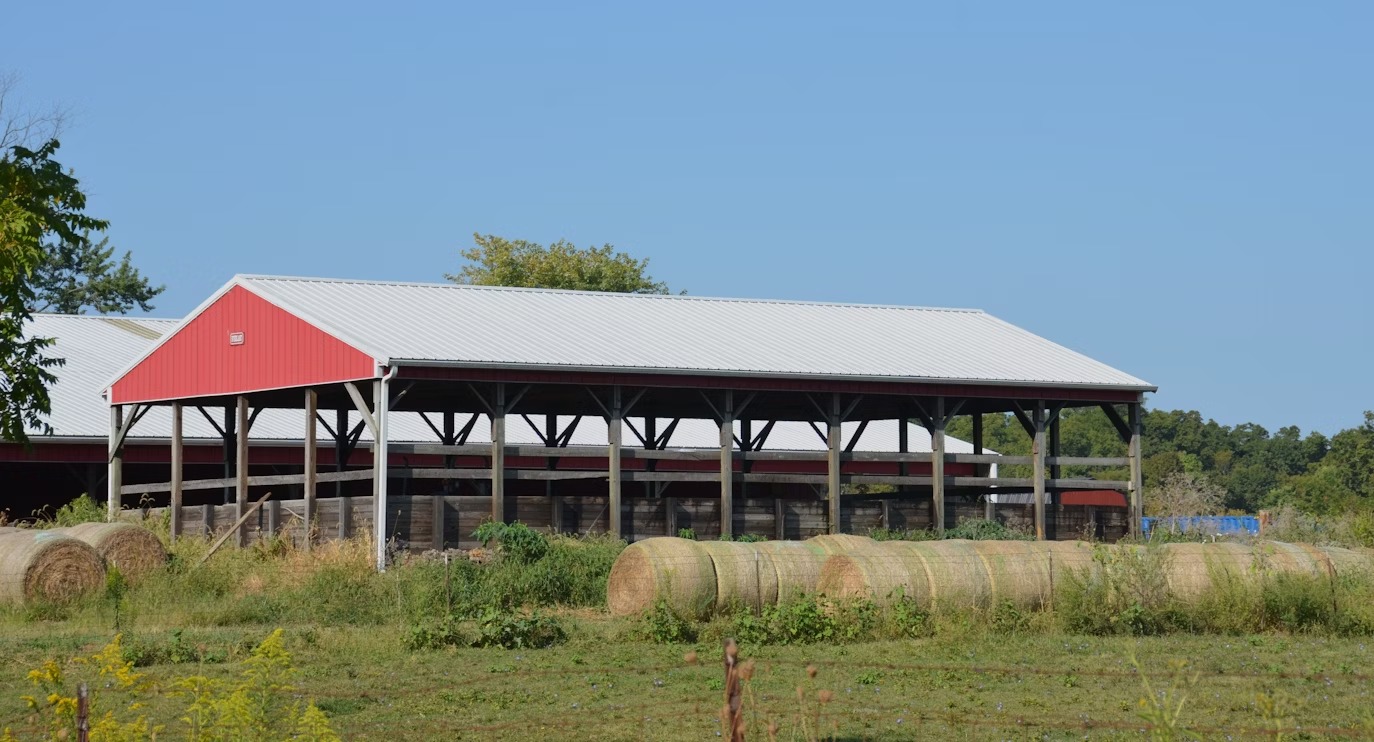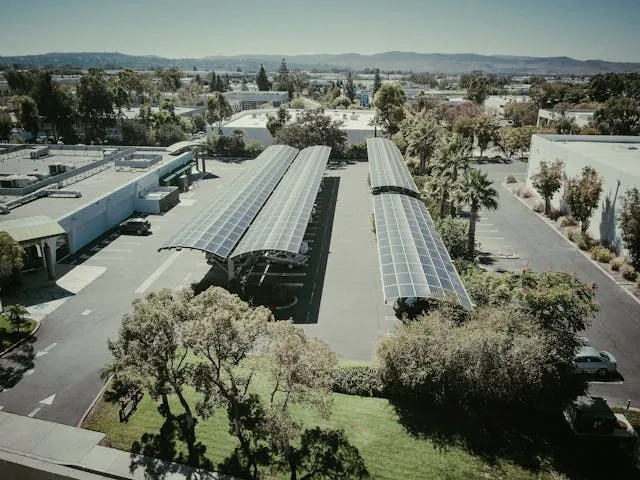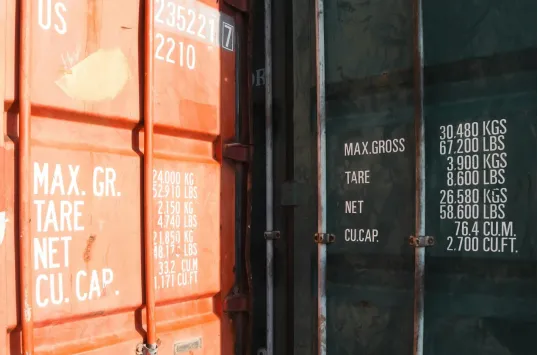Steel Structures for Livestock Housing: Benefits and Design Tips
Livestock requires more than open land. Animals require shelter, which helps protect them against extreme weather, promotes their health, and streamlines farm operations. The animal welfare and long-term profitability of a farm is directly influenced by the structure chosen.
Steel has become a major component of farm housing since it is powerful, adaptable, and pocket-friendly. Steel barns are modern alternatives for farmers, unlike wood barns. Remember that a well-designed structure can boost animal and farmer production, safety, and comfort.
Durability and Strength
Steel can withstand severe weather. Strong winds, storms, and heavy snow can destroy wood or any other material, yet steel remains remarkably strong. This is durable, implying long-term usage and less costly repairs. Steel, due to high resistance, also does not allow pests such as termites, which tend to undermine wooden barns.
Low Maintenance and Cost Savings
The other significant benefit of steel structures is that they have low maintenance needs. Steel does not age, distort, or crack as is done with wood. Paint and protection coatings enhance its long life. Farmers will be able to concentrate more on the management of their farms as well as taking care of their livestock and save money in the long run by making fewer repairs and replacement.
Flexibility in Design
Any livestock need can be configured to steel buildings. It can be open floor plans, ventilation systems, natural light. Broad aisle interior with no columns occupies more space. It is flexible enough to accommodate cattle, poultry, sheep, or other multipurpose animals.
Improved Animal Welfare
Livestock is directly influenced by comfortable housing. Steel buildings can be designed to have an appropriate airflow, thereby effectively controlling temperature and humidity. Animals are not stressed due to a lack of space and lighting. A sanitary environment enhances the growth, productivity, and health of herds.
Long-Term Value for Farms
The decision to make a future investment in steel livestock housing is a long-term one. The strength and versatility of steel increase as the farm expands. These buildings are value additions and ensure that operations remain efficient to date.
Practical Design Tips
Ventilation, insulation, and drainage should be the main considerations when designing a steel structure. Healthy breathing will avoid breathing problems. The insulation maintains the temperature, and the floors are also kept dry and hygienic by drainage. The installation of storage and working space transforms barns into functional livestock buildings that can satisfy various farm requirements.
Summary
Steel constructions transform the livestock housing by providing permanent, adjustable, and cost-effective solutions. They reduce welfare and make the surroundings healthier for animals. Steel is a good material to use in the modern farming due to its strength and intelligent design.
To the American farmers, the use of steel to house livestock is not just a convenient decision. It is a move towards developing sustainable farms that will not only prioritize improving animal welfare but also long-term profitability!







